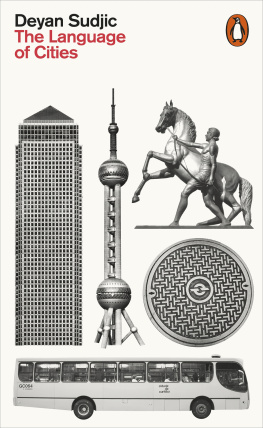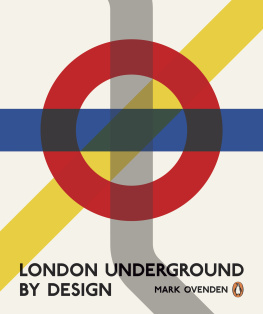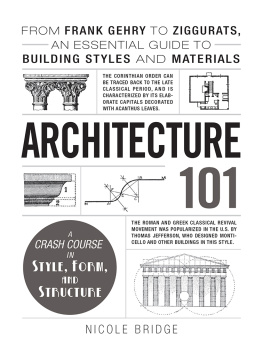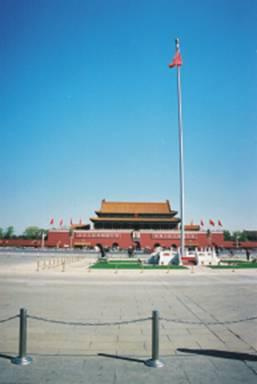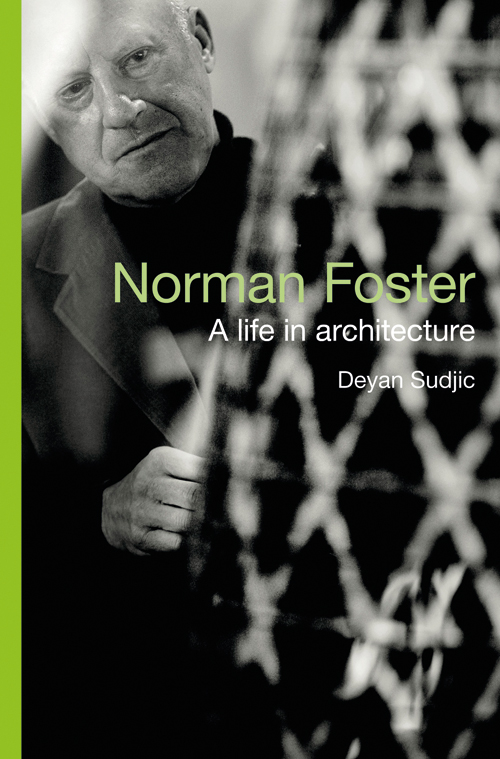This is an authorised biography, which suggests a certain intimacy between subject and author. I first met Norman Foster towards the end of the 1970s. He was one of the group of architects and designers that helped to fund the start up of Blueprint magazine which I edited back in 1983. He was one of the three architects in the exhibition that Peter Murray and I curated at the Royal Academy. In 1985, I went to see the Hong Kong and Shanghai bank when it was still a construction site, and got a bad case of vertigo on the construction lift slung to the outside of the scaffolding. In the 1990s, I toured Chep Lap Kok airport among the giant earth diggers, before it was finished. In 2006, I had a chance to wander over the site of Beijings new aiport while a 50,000-strong workforce was living there.
Over the years there have been dinners, and rides in his cars. He flew me to Manchester once, and I clearly remember envisaging the whole-page obituary that would ensue for Norman if we crashed, that might include the line, Also in the aircraft at the time was .
This was getting close enough to make some assumptions about the man and the architect, but it has only been since I started work on this book that I have been able to test those assumptions.
This is perhaps not so much a biography, but an account of what it is like to be an architect in a time when cities double in size in a decade, new states set out to present themselves to the world through the glossy presumption of their buildings and architecture has never been more global. It is also an attempt to understand what it is that has driven Norman Foster quite so hard.
Writing it depended on a lot of people who were prepared to talk to me about him, some of whom, such as Jan Kaplicky, are sadly no longer alive. Former associates and employees Alan Stanton, Martin Francis and David Chipperfield talked to me about what it was like to work with him. M.J. Long and Su Rogers discussed life at Yale.
The current Foster + Partners team, notably Mouzhan Mujadi, Spencer de Grey and David Nelson, talked to me at length, and nobody was more helpful and knowledgeable than Katy Harris. I am grateful to my agent, Claire Paterson of Janklow & Nesbit, and to Fernando Gutierrez for designing the book.
The Indonesian site foreman with an ikat headdress under his hard hat blows his whistle to push the tangle of construction workers back out of the way. They look expectantly across the concrete hulk, marooned in the flat, featureless sandscape that blows aimlessly around the outer edges of Abu Dhabis airport, in what will one day be the heart of a new township with homes and jobs for 100,000 people. Minutes pass, then a slender, silver bubble glides silently into sight. From the front, its slit eye headlamps, and the rictus grin of its vestigial radiator grille give it the look of a slightly sinister alien species. It approaches, lights gleaming, draws level, and then, as it goes noiselessly on its way, its open doors briefly give a glimpse of the ghostly interior of a vehicle big enough to take four, but without driver or controls. It moves, steered by nothing more tangible than its digital intelligence, guided by invisible sensors buried in the concrete floor, and by counting the wheel revolutions that allow its computers to understand where it is. A single technician sits inside monitoring its performance on his laptop. This is the transport system that is taking shape to serve a new settlement planned by Norman Foster. On an artificial ground level, seven metres above, a network of pedestrian streets with all the usual architectural dreams of umbrella-shaded cafs, shops and apartments is planned. Down here, in the undercroft, will be a fleet of silver bubbles, descended from the prototype that has just slipped by. They will need no tracks, and no drivers, and they will abolish traffic jams and car parks.
There are tower cranes above, spreading out over air-conditioned site huts. Every day 6,000 labourers are bussed in. On the main site, concrete structures have risen eight and ten storeys high on some buildings. They have been herded together so as to create shaded lanes narrow enough to generate a cooling breeze, like a traditional walled city. This is Masdar, the Arab word for source. Construction workers moved on to the site three months after Foster won a competition to do the plan. It is called a city, but that is putting it perhaps too optimistically. Masdar is one of the string of settlements sprouting up between Abu Dhabi and Dubai. What makes Masdar different from what is around it the airport compound that houses flight crews, next door, the golf course, or the Formula One track is that this is an experimental laboratory for a world that is waking up to the fear that it might be making itself uninhabitable.
The first phase will include the home of the Masdar Institute of Science and Technology, a research centre dedicated to renewable energies linked to Imperial College London, MIT and New York University. It is being built by the same mix of migrant workers from across Asia that have been drawn to the Gulf over the last decade to build the glittering towers of Dubai, the artificial islands, the indoor ski slopes with real snow, the most extreme form of the architecture of irrational exuberance that evaporated on the day the credit finally ran out. This is a place in which oil is burned to desalinate the water which is used to grow the grass and the trees that fringe the highways: a process that is killing the mangroves that keep the Gulf alive at its choke point at the straits of Hormuz.
Masdar claims that it will be different. It aims to be carbon neutral, recycling all its own waste. Even during construction there are carefully sorted piles of waste stacked in colour-coded pens on the edge of the site. Most of the steel used for its reinforcing rods and structural frames comes from recycled sources. There is a 10-megawatt photovoltaic power station already operational. Later there will be larger solar farms and experimental plantations and attempts to harvest energy from algae blooms. The plan is for the entire area to be free of cars. The shaded streets are intended to encourage walking no small ambition in the climate of the Gulf, where in August the temperature is a brutal fifty degrees.
In its optimism and its search for answers, Masdar is an echo of the first city of the future that Norman Foster explored with his adolescent imagination growing up in Manchester. Long before he met Buckminster Fuller, he never missed an instalment of Dan Dare: Pilot of the Future. As a young teenager Foster read the comic strip, with its intricate depiction of a world of atomic-powered monorails and levitating taxis (which look a lot like Masdars personal rapid transits), every week in the Eagle, the comic aimed at middle-class adolescents in the England of the 1950s. Foster has been thinking about cities ever since.
If you have been fortunate enough to be engaged with so many extraordinary projects, with the passage of time you realise that the issues of sustainability are about density. If you have the luxury of having lived long enough to understand that, you realise that making cities is less about the individual buildings, and much more about the bigger picture. It takes me back to the thesis that I did on city spaces. Its not a new thing: it goes back to roaming the streets of Manchester.
The view from the front bedroom at 4 Crescent Grove in Levenshulme, a faded suburb washed up on Manchesters southern limits by the tide of Victorian development, has changed hardly at all since the day more than half a century ago that a twenty-one-year-old Norman Foster took out brush and poster colours to paint it. Neither a crescent nor a grove, Crescent Grove is a short, plain, terraced street just five houses long, caught between the mainline railway from London to Manchester and the road to the south. It looks as if it was built more by accident than as part of any rationally considered plan. Small factories, some workshops and a few yards have been scattered seemingly at random among the terraces of houses that frame Crescent Grove.


